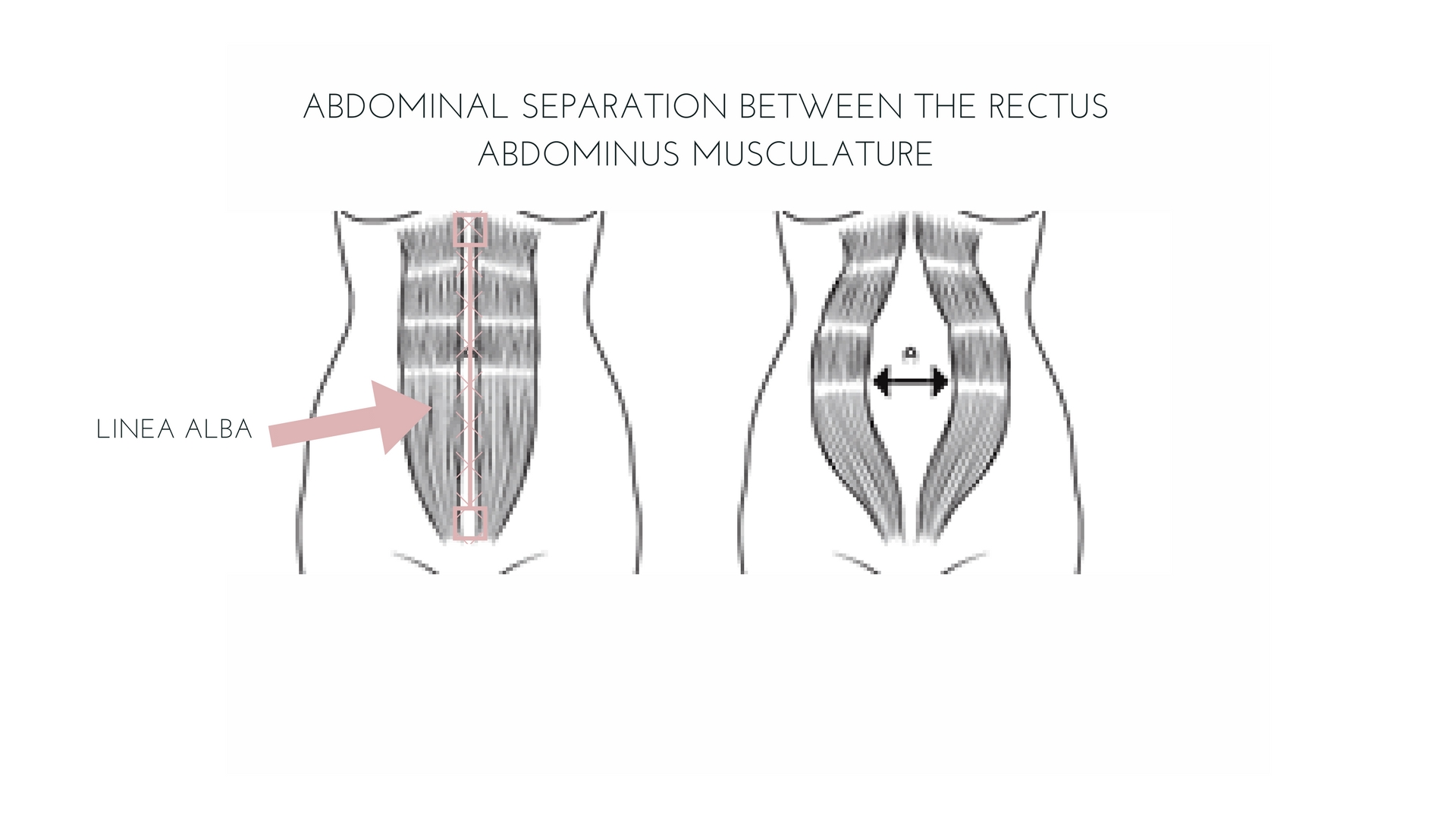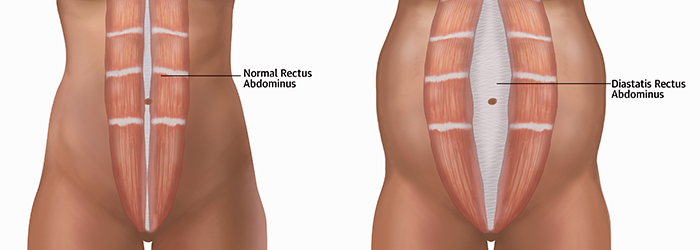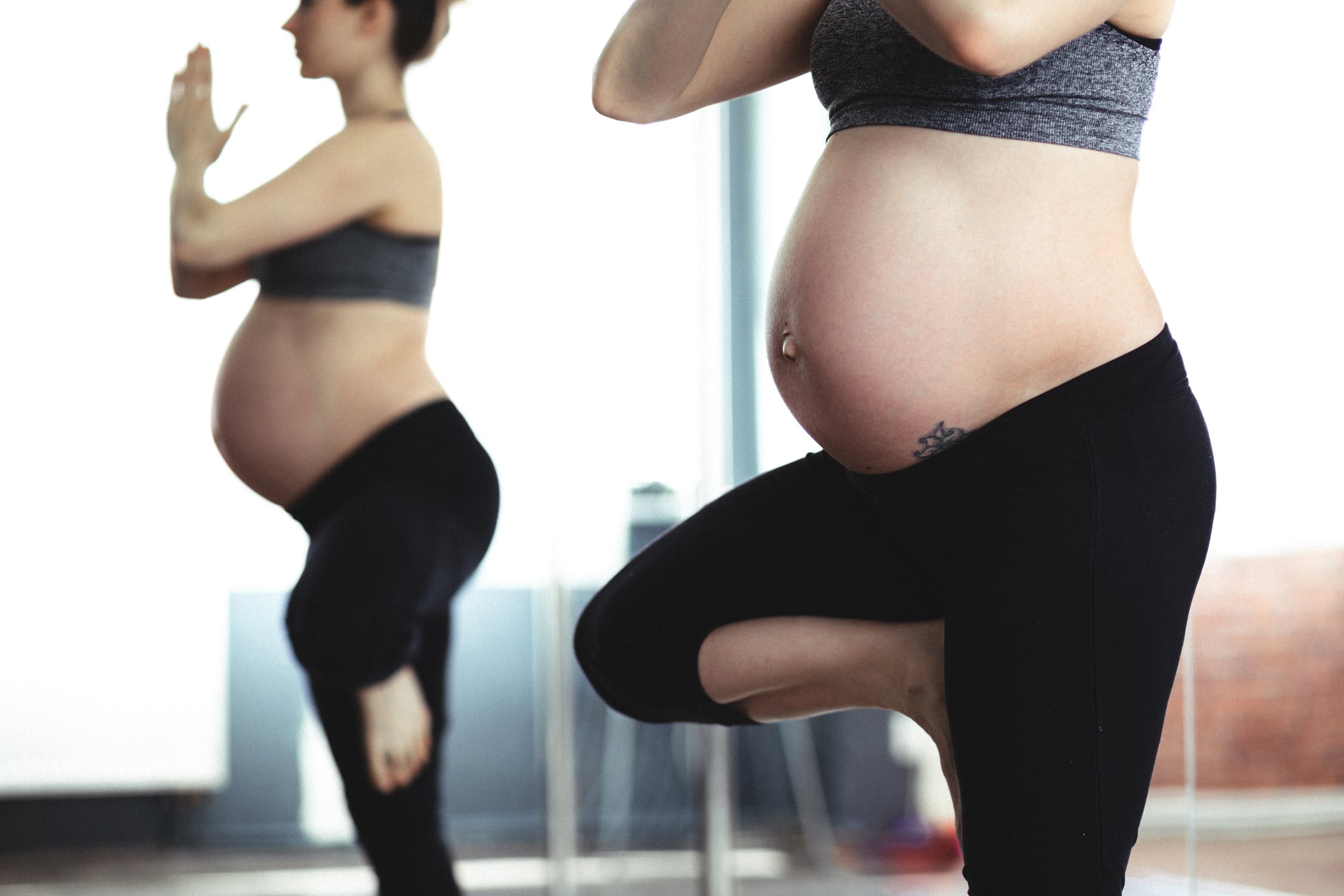nalco group
bone, muscle & joint pain physio
BOOK NOW / WHATSAPP ABOUT YOUR PAIN OR INJURY
- NOVENA 10 Sinaran Drive, Novena Medical Center #10-09, Singapore 307506
- TAMPINES 9 Tampines Grande #01-20 Singapore 528735
- SERANGOON 265 Serangoon Central Drive #04-269 Singapore 550265
Home > Blog > Physiotherapy > Women's Health Physiotherapy > Conditions > Diastasis Rectus Abdominis
Diastasis Rectus Abdominis Womens Health Physiotherapy

Diastasis rectus abdominis (DRA) is a physical condition in which the 2 sides of the abdominal muscle separate, as the tissue connecting them (over)stretches.
This usually happens in women during and after pregnancy because of the stretching of the abdominal wall, as the uterus expands to accommodate fetal-baby growth.
Women's health physiotherapy has been shown to be a highly effective approach to both the
prevention and treatment of diastasis rectus abdominis.
What is Diastasis Rectus Abdominis?
DRA is a common condition that affects many women during the childbearing years.
As a fetus grows within the uterus, the uterus expands, which places stress across the structures surrounding it, specifically the muscles. The primary abdominal muscle on the front side of the body is called the rectus abdominis.
This muscle is divided into a left and right half by a thick band of connective tissue called the linea alba. You may hear people talk about "6-pack abs"; this is referring to the rectus abdominis. As the uterus expands, stretching and separation across the rectus abdominis potentially could happen.
In some cases, the weakening and stretching of the linea alba connective tissue creates a separation between the right and left sides of the muscle, or diastasis.
DRA may affect women during and after pregnancy. Usually, Diastasis Rectus Abdominis develops in the second or third trimester as during this time that the fetus is growing most rapidly, and can result in the greatest increase in distance between the 2 sides of the muscle.
There are several factors that may make a woman more susceptible to developing DRA. These include
- age
- being pregnant with multiple children
(multiparity) and
- having many pregnancies (repeated stretching)
The abdominal muscles have many important functions within the body, including
- postural support
- movement
- breathing and
- protection of the internal organs
Therefore, if their structure is affected by DRA, a woman may have difficulty controlling her posture, which may put her at an increased risk for other, secondary injuries. To add to that, for a woman juggling the many stresses of having a new baby, the discomfort, weakness, and changes to postural control that may result from DRA can negatively effect her quality of life.

How Does it Feel like?
Symptoms of DRA typically develop gradually over the course of a woman’s pregnancy, and may linger following labor and delivery. Separated abdominal muscles themselves are not always painful, but the effects of DRA can cause pain.
A woman with DRA may experience any number of the following symptoms:
- A visible and palpable (detected by touch) separation of the rectus abdominis muscle
- Feelings of “flabbiness” in the abdominal muscles
- Pelvic-floor muscle dysfunction that causes urinary or bowel problems (incontinence, leakage, constipation, etc)
- Low back pain, pelvic pain or hip pain
- Poor posture
- Feeling weak through the midsection
- Sexual pain
Cesarean section (C-section) may cause scarring at the incision that may accentuate the symptoms associated with DRA.
How Is Diastasis Rectus Abdominis Diagnosed?
Our senior women's health physiotherapist will review your medical history and conduct a thorough interview about your condition. This may include specific questions regarding your
- pregnancy
- labor and delivery
- type of delivery (C-section or vaginal)
- presence of pelvic pain
- information related to your physical recovery, including your breastfeeding habits
- when your symptoms began and how they are impacting your daily life
The primary diagnostic test for DRA is to perform a gentle abdominal examination to note the degree of separation of the abdominal muscle. We will also assess factors, such as your
- posture
- back and hip movement (range of motion)
- back and hip muscle strength
how our senior women's health physiotherapist can help

Women's health physiotherapy is a very effective way to manage symptoms and improve functional capacity when DRA is diagnosed. We may help you with:
Postural Training
Improving postural control is one of the most important components of treatment for women who are dealing with DRA. We will help you learn how to stabilize your core, without overuse of the rectus abdominus muscle.
This will involve training your other core muscles, such as your transverse abdominus (a deep abdominal muscle), and your pelvic floor muscles. We will show you how to perform daily activities, such as lifting and carrying your baby (including baby carrying), while using proper posture.
When certain muscles become weak and overstretched, other muscles may become overactive and tight. We will help you learn which of your muscles needs to be gently stretched to improve your strength and posture.
Bracing
Sometimes taping or bracing of the low back and abdominal region can provide soothing external support for women with DRA in the early phases of rehabilitation. It can also help teach you the proper position for your midsection, as it provides support and decreases any pain you may be feeling.
Education
There are factors that you may not even know about relating to your pain or movement challenges that your physical therapist can help resolve.
We can help you understand the movements or activities that are best to avoid, as you recover from DRA. (For example, women suffering from DRA should not perform traditional sit-ups or crunches.)
Wewill be able to teach you safe and effective ways to regain your full function.
